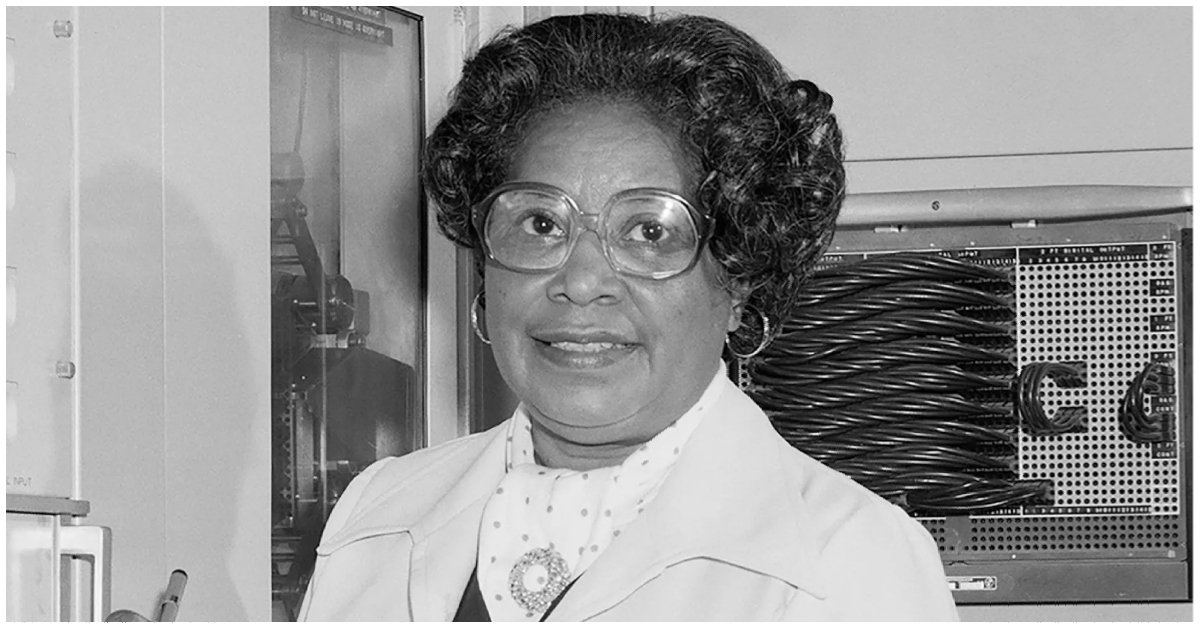Mary Winston Jackson was born on April 9, 1921 in Hampton, Virginia. She attended the all-Black George P. Phenix Training School where she graduated as valedictorian.
Jackson went on to earn a dual degree in mathematics and physical sciences from Hampton Institute (now Hampton University) in 1942. She was a member of Alpha Kappa Alpha sorority.
Teaching and Early Career
After graduating, Jackson taught math in Maryland for a year. She held several positions over the next decade including receptionist, bookkeeper, and secretary for the U.S. Army.
Breaking Barriers at NASA
In 1951, Jackson began working at NASA’s predecessor, the National Advisory Committee for Aeronautics (NACA). She joined the segregated West Area Computing unit as a research mathematician and “human computer.” Her supervisor was Dorothy Vaughan.
Although NACA was segregated, in 1953 Jackson left the computing pool to conduct wind tunnel experiments with engineer Kazimierz Czarnecki. At his encouragement, she entered a training program that allowed her to take graduate-level courses and earn a promotion to become an engineer.
Becoming NASA’s First Black Female Engineer
Jackson obtained special permission to join white students in the racially-segregated classroom. In 1958 she completed the program and made history as NASA’s first Black female engineer.
For nearly 20 years, Jackson conducted pioneering research focused primarily on the airflow around aircraft at supersonic speeds. She authored or co-authored 12 technical research publications for NASA and NACA.
Advocacy and Legacy
Seeing limited management opportunities for women, in 1979 Jackson took a demotion to lead NASA’s women’s program. She worked to improve opportunities for all female mathematicians, scientists, and engineers at the agency until retiring in 1985.
Jackson was awarded the Apollo Group Achievement Award. She served as a Girl Scout troop leader for over 30 years and volunteered with United Way. Her works remained relatively obscure until Margot Lee Shetterly’s book “Hidden Figures” was published in 2016 and adapted into a film that same year.
In 2019, Jackson posthumously received the Congressional Gold Medal. The following year, NASA announced that their D.C. headquarters would be renamed the Mary W. Jackson NASA Headquarters Building in her honor. It is fittingly located on Hidden Figures Way.
Overcoming Segregation to Lead the Way
Jackson overcame racist and sexist policies to open the door for thousands of women of color in science, math, and engineering. Her perseverance and advocacy created opportunities at NASA and beyond.
As said by the current NASA administrator,
“Hidden no more, we will continue to recognize the contributions of women, African Americans, and people of all backgrounds.”
Jackson’s legacy continues to inspire generations of diverse young people to reach for the stars.





